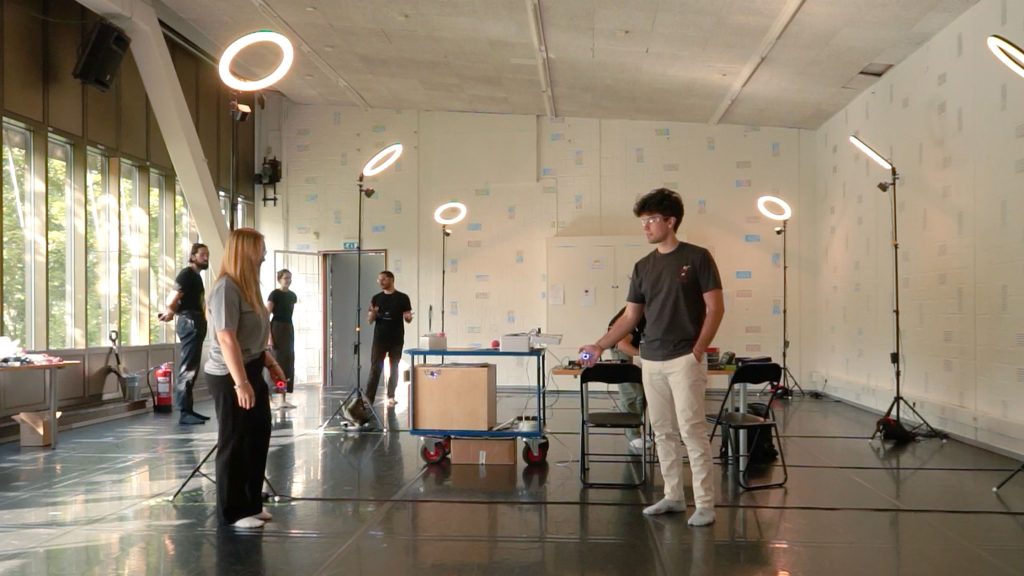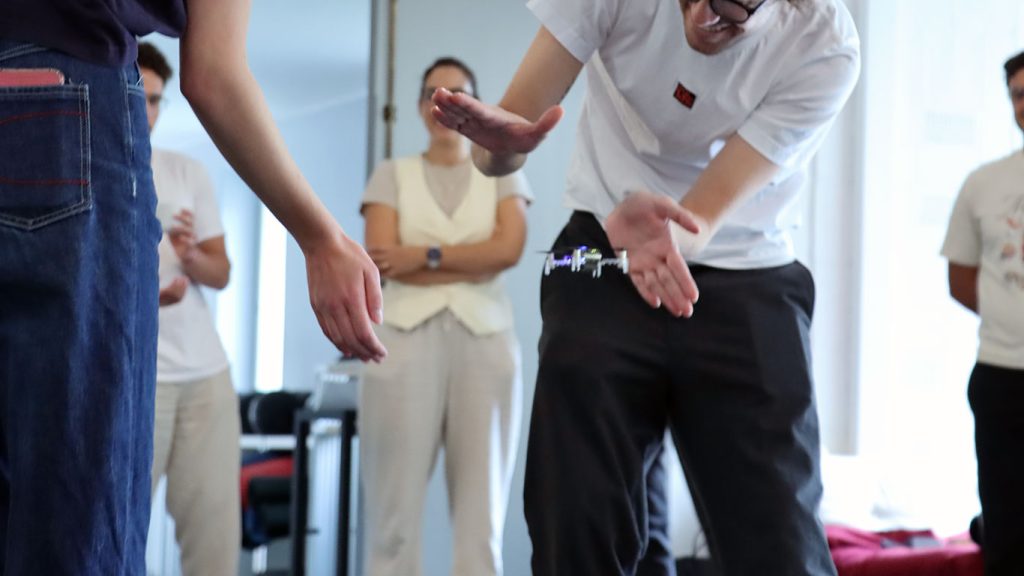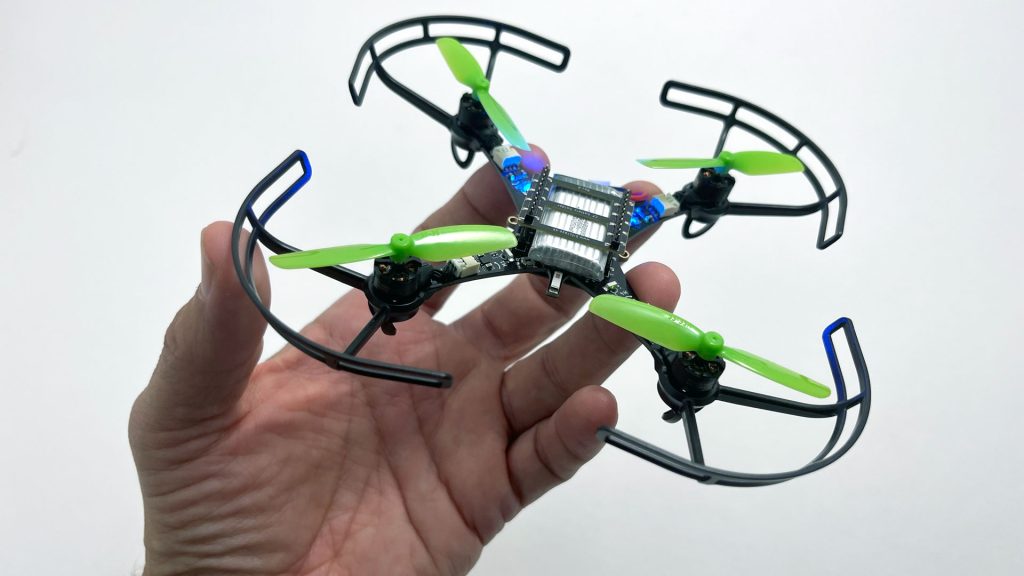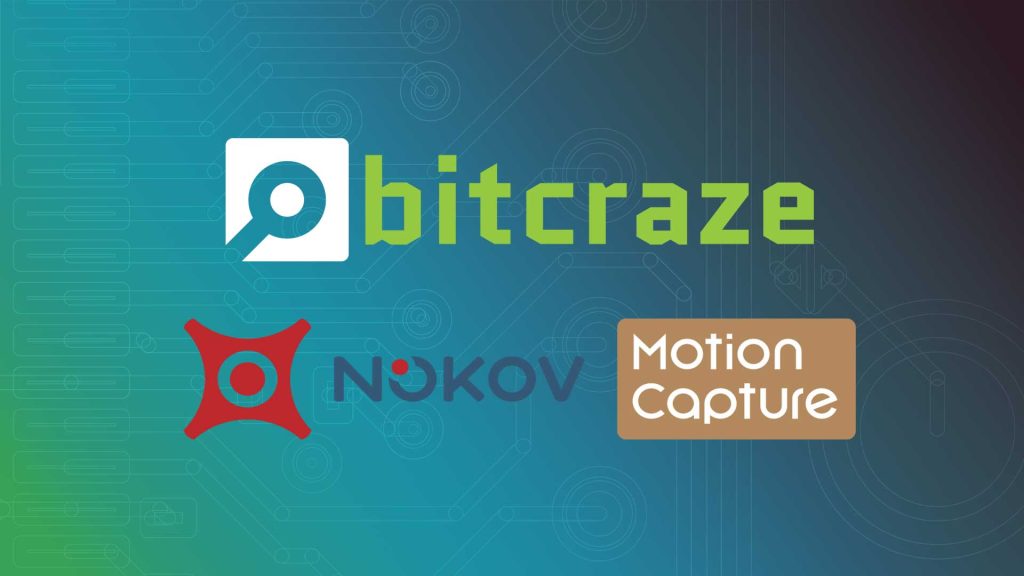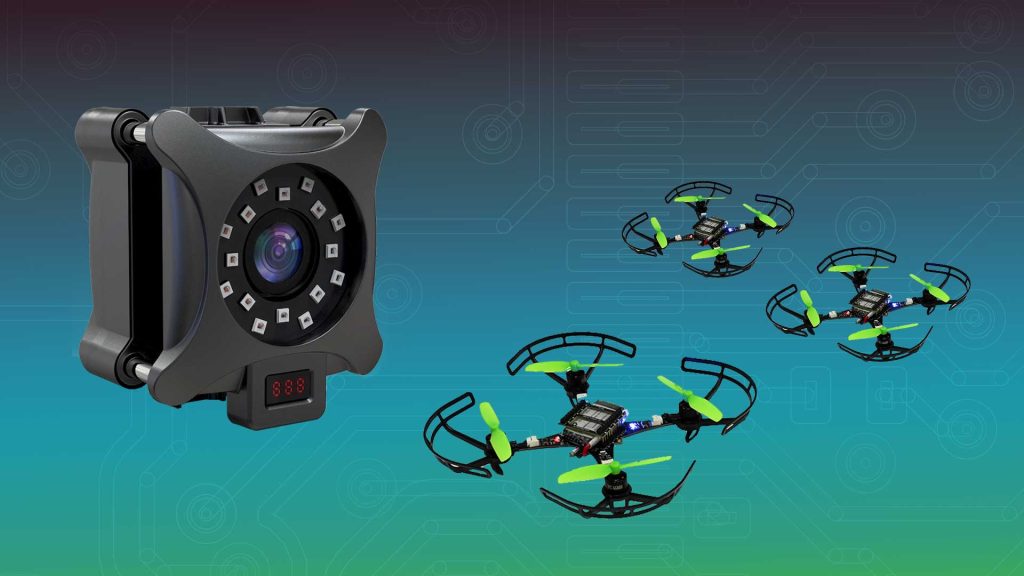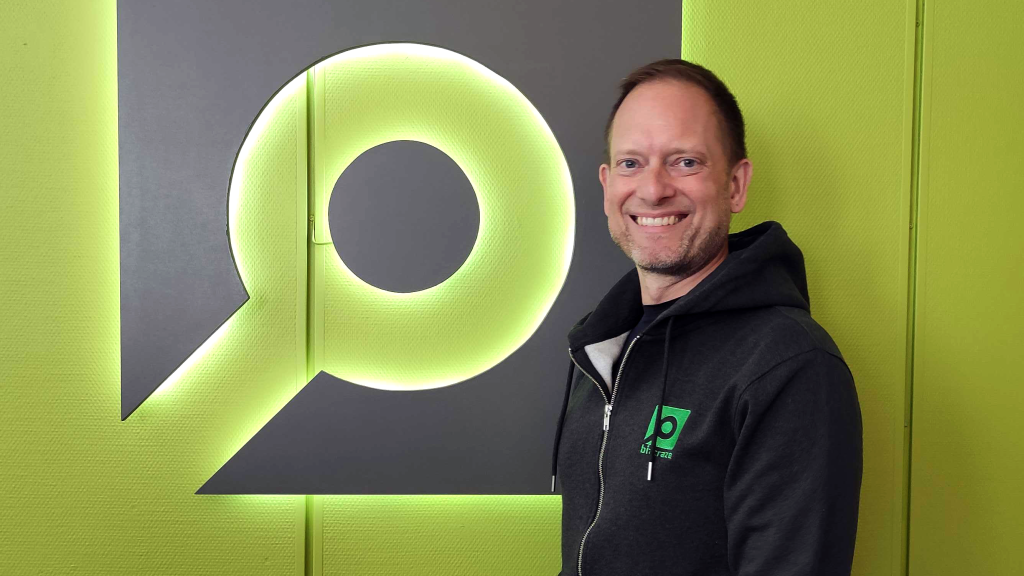Recent work from the Learning Systems and Robotics Lab explores a question many of us have implicitly wrestled with:
How do we design expressive, coordinated swarm behavior without hand-crafting every trajectory?
Their answer, presented in the paper “SwarmGPT”, is to use large language models not as low-level controllers, but as a high-level interface for swarm intent, and then rely on classical robotics methods to make that intent executable and safe.
So what is SwarmGPT?
SwarmGPT is not about letting an LLM “fly drones”. Instead, it introduces a clear separation of responsibilities:
- Language models operate at the level of structure, timing, and choreography
- Motion planning and control handle feasibility, collision avoidance, and dynamics
- Execution remains deterministic and verifiable
In practice, this means a user can specify swarm behavior using natural language (or music-derived cues), and the system generates structured multi-drone trajectories that are then validated and executed using established robotics pipelines.
This distinction matters. The paper does not replace control theory, but it compresses the path from idea to experiment. For researchers, this has several implications:
- Faster iteration on swarm concepts
- Lower barrier to expressive multi-agent behavior
- A clean interface between creative intent and physical constraints
Making Swarm Structure Visible With the Crazyflie Color LED Deck
The authors used Crazyflie drones as research platform and we sent them a handful of Crazyflie Color LED Decks to experiment with.
The LED deck is not just decorative. It provides, per-agent visual feedback, clear indication of phase, grouping, or timing, and immediate insight into synchronization and coordination.
For research, this supports:
- Real-time inspection of swarm state
- Easier debugging of generated behavior
- More legible demonstrations of complex coordination
For drone show–style applications, it enables:
- Tight coupling between motion and light
- Expressive patterns where choreography and illumination reinforce each other
- Rapid iteration on visual concepts without custom hardware
The same capability serves both domains, which is part of its appeal.
Happy Robotic Holidays!
In our annual holiday video, nine Crazyflies take off from the Bitcraze HQ in Malmö. After briefly hovering to demonstrate the three mounting options of the Color LED Deck, they make their way to the Learning Systems and Robotics Lab in Munich.
There, they perform a SwarmGPT-generated choreography before slowly landing in a sparkling snowflake pattern.
When sandwich-mounted, the top- and bottom-mounted Color LED Decks can display independent colors and light patterns, enabling richer visual expressions and more nuanced feedback.
Happy Robotic Holidays from all of us!
Learn More
📄 SwarmGPT paper (Learning Systems and Robotics Lab)
https://ieeexplore.ieee.org/document/11197931
👉 SwarmGPT project website:
https://utiasdsl.github.io/swarm_GPT/
💡 Crazyflie Color LED Deck product page
https://www.bitcraze.io/products/color-led-deck/
🛒 Bitcraze store (Color LED Deck – available early 2026)
Crazyflie Color LED Deck – Top Mounted
Crazyflie Color LED Deck – Bottom Mounted
